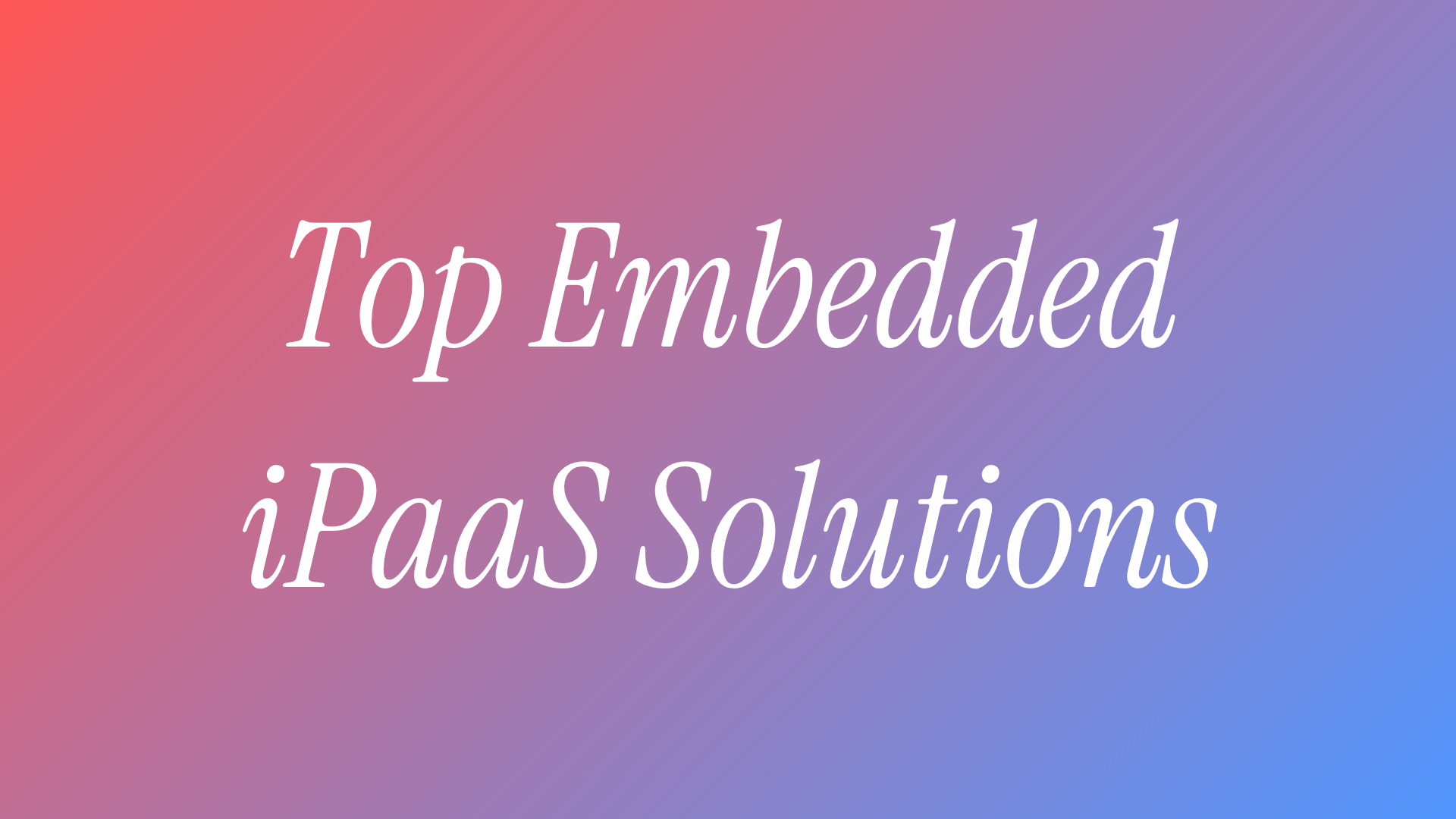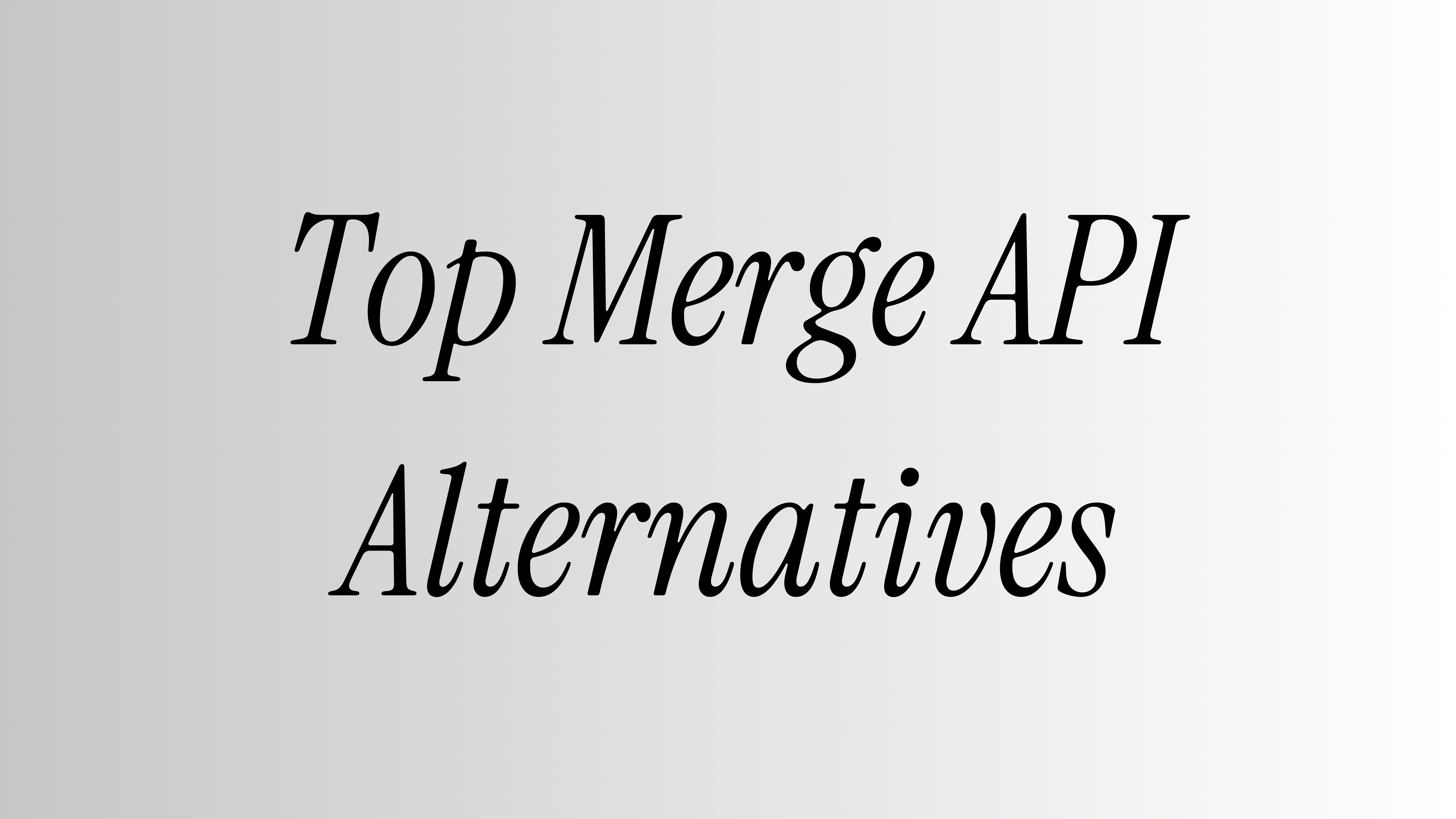When shipping integrations at scale, two architectural approaches dominate: unified APIs and embedded iPaaS platforms. Unified APIs excel at one-to-many integrations where you're connecting your product to standardized categories like accounting, CRM, or HRIS systems. They normalize data models and provide a single API contract across dozens of providers. Embedded iPaaS platforms are better suited for complex, customized workflows where customers need to build unique automation chains or connect to long-tail applications outside standard categories .
The demand for embedded integrations has accelerated as part of the broader iPaaS market expansion. The global iPaaS market was valued at $12.87 billion in 2024 and is projected to reach $78.28 billion by 2032, with a CAGR of 25.9% according to Fortune Business Insights. SaaS companies now average 12-15 integration requests per quarter, and engineering teams spend 30% of their time maintaining existing connectors. This guide compares the leading embedded iPaaS platforms based on developer experience, extensibility, and real-world deployment scenarios.
When to choose embedded iPaaS over unified APIs: If your customers need multi-step workflows, conditional logic, or connections between applications you don't directly integrate with, embedded iPaaS provides the flexibility and extensibility those scenarios require. If you're connecting to established API categories with standardized data models (accounting software, payment processors, HR systems), unified APIs typically offer faster implementation and lower maintenance overhead.
What Is Embedded iPaaS (and Why It Matters in 2025)
Embedded iPaaS provides a complete integration layer that runs inside your product. Your customers connect their tools, map data, and configure workflows without leaving your application.
The technical advantages are clear:
- Multi-tenant architecture isolates customer data and configurations
- Real-time webhook processing and bidirectional sync capabilities
- White-label integration marketplaces match your product's branding
- Managed infrastructure scales automatically with your customer base
For engineering teams, this means shipping integrations in days instead of months. For product teams, it means higher retention through deeper workflow embedding. For customers, it means their tools work together without manual data export or third-party automation platforms.
Top Embedded iPaaS Platforms
1. Paragon
Best for: Developer-first teams requiring deep customization
Paragon stands out for its Git-based workflow management and extensive SDK. Engineers can version control their integration logic, run local development environments, and deploy through standard CI/CD pipelines. The platform handles OAuth flows, webhook management, and retry logic automatically.
Key capabilities include TypeScript/JavaScript SDK for custom logic, visual workflow editor for non-technical users, and built-in monitoring and alerting. The Git sync feature enables teams to collaborate on integration logic through familiar code review processes.
Limitations: Higher learning curve for non-technical team members. Limited pre-built UI components compared to competitors.

2. Workato Embedded
Best for: Enterprise SaaS with complex automation requirements
Workato brings its enterprise automation engine to embedded use cases. With over 1,000 pre-built connectors and a robust recipe system, teams can deploy sophisticated multi-step workflows. The platform includes a complete white-label marketplace where customers browse, install, and configure integrations.
Technical differentiators include intelligent schema mapping, automatic API versioning detection, and built-in data transformation functions. Workato's container-based architecture supports both cloud and on-premise deployments, making it suitable for enterprise environments with specific security requirements.
Limitations: Pricing complexity for smaller teams. Recipe-based approach may feel restrictive for developers used to writing code.
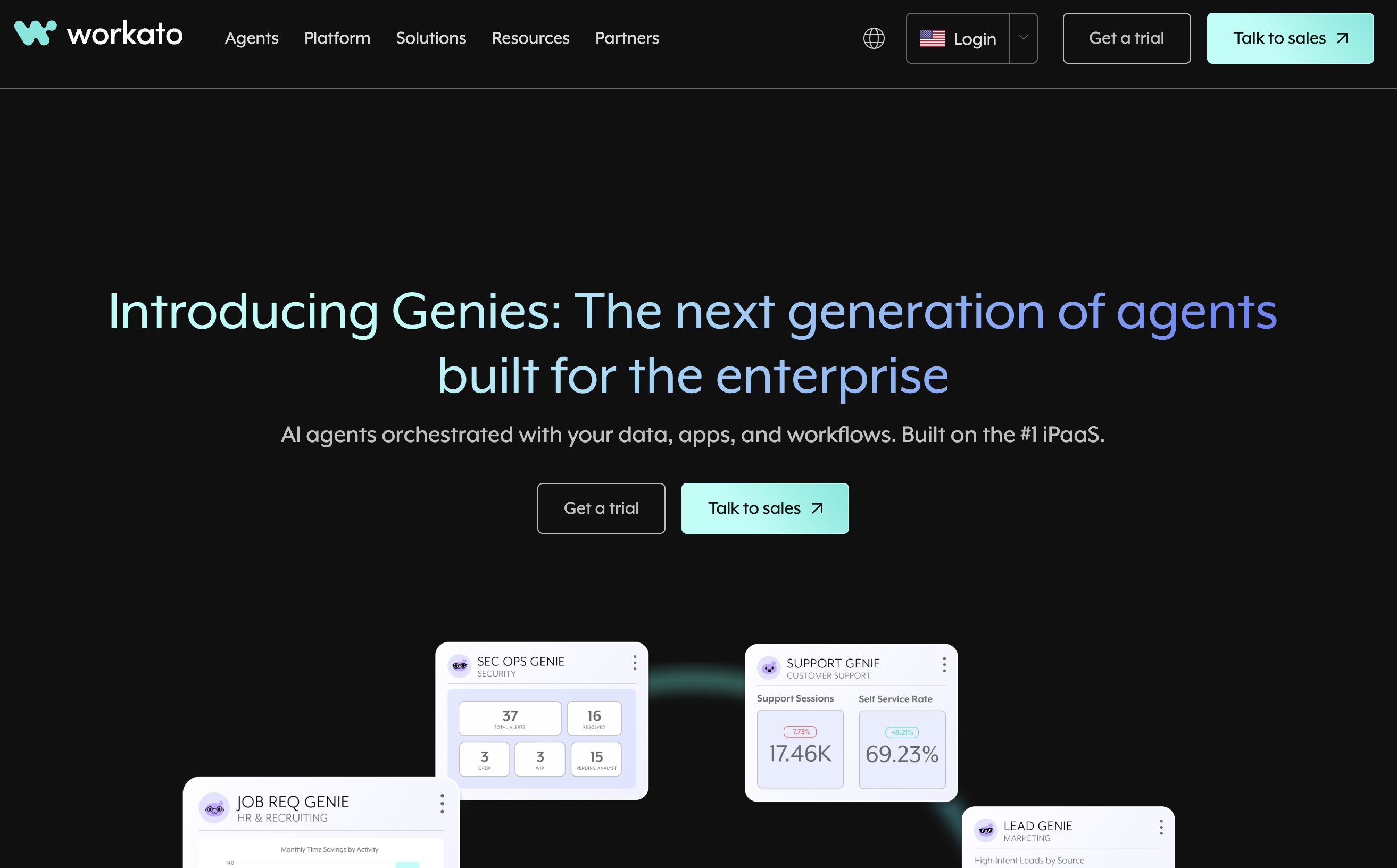
3. Prismatic
Best for: B2B SaaS companies balancing low-code efficiency with code flexibility
Prismatic offers both visual workflow builders and a code-native component SDK. Developers write custom connectors in TypeScript/JavaScript while product managers configure standard integrations through the UI. The platform's unlimited integration model removes per-connector pricing concerns.
The platform provides webhook URL generation, automatic retry mechanisms, and comprehensive logging. Custom components can handle proprietary data formats and complex business logic while standard components cover common integration patterns.
Limitations: No built-in AI/ML capabilities. Smaller connector library requires more custom development.
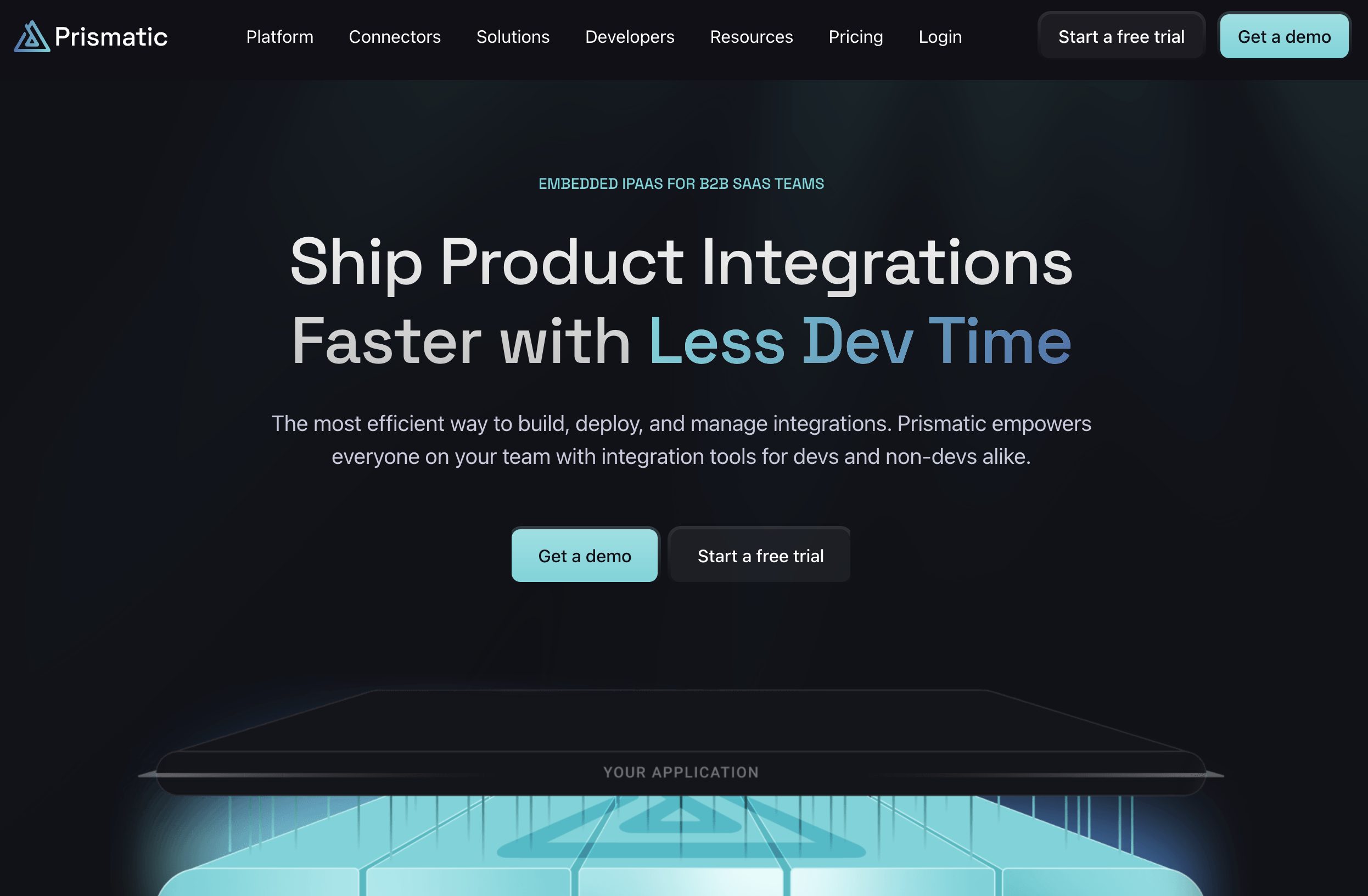
4. Tray.io Embedded
Best for: Teams transitioning from internal automation to customer-facing integrations
Tray adapts its enterprise automation platform for embedded scenarios. The visual workflow builder handles complex branching logic, data transformations, and error handling. Strong points include conditional routing, batch processing, and event-driven triggers.
The platform's connector builder uses a declarative JSON schema, making it straightforward to add new APIs. Real-time execution logs and visual debugging tools reduce troubleshooting time. Tray's elastic scaling architecture handles variable workloads automatically.
Limitations: Performance overhead for simple point-to-point integrations. UI embedding options less flexible than purpose-built embedded platforms.

5. Cyclr
Best for: White-label integration marketplaces
Cyclr focuses on template-based integrations that non-technical users can customize. The platform includes a drag-and-drop workflow builder, pre-built integration templates, and a customizable marketplace UI. Strong multi-tenant isolation and user permission controls make it suitable for channel partner scenarios.
The platform offers webhook management, field mapping tools, and data transformation functions. Integration templates can be cloned and customized for different customer requirements while maintaining a standardized base configuration.
Limitations: Limited extensibility for complex custom logic. Template-based approach may not suit unique integration requirements.
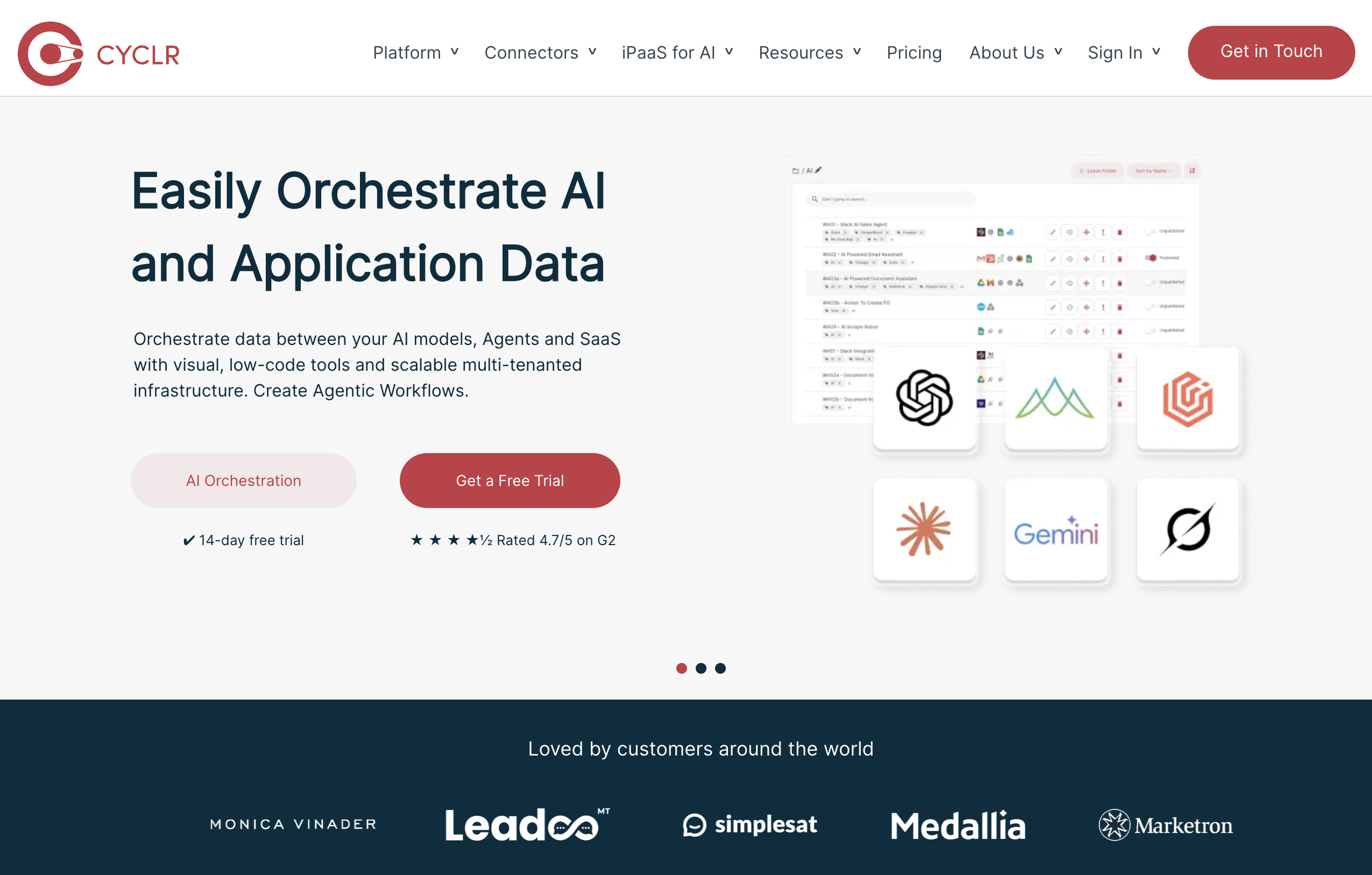
6. Boomi
Best for: Organizations with existing Boomi infrastructure
Boomi extends its enterprise iPaaS capabilities to embedded scenarios. The platform's AtomSphere engine provides reliable message processing, data quality management, and comprehensive monitoring. Strong compliance certifications (SOC 2, HIPAA, ISO 27001) suit regulated industries.
Hybrid deployment options let teams run integration workloads on-premise while leveraging cloud management capabilities. The Boomi Flow module adds workflow automation and user interaction capabilities to integration processes.
Limitations: Steeper pricing for embedded use cases. Architecture optimized for batch processing over real-time scenarios.

7. Syncari
Best for: Data synchronization and unified data models
Syncari specializes in maintaining data consistency across multiple systems. Its patented stateful sync engine tracks data lineage and resolves conflicts automatically. The platform excels at complex multi-directional syncs where the same data exists in multiple systems.
Features include field-level sync control, conflict resolution rules, and data quality monitoring. The platform maintains a unified data model that serves as the source of truth across connected systems.
Limitations: Less suited for workflow automation beyond data sync. Smaller ecosystem of pre-built connectors.
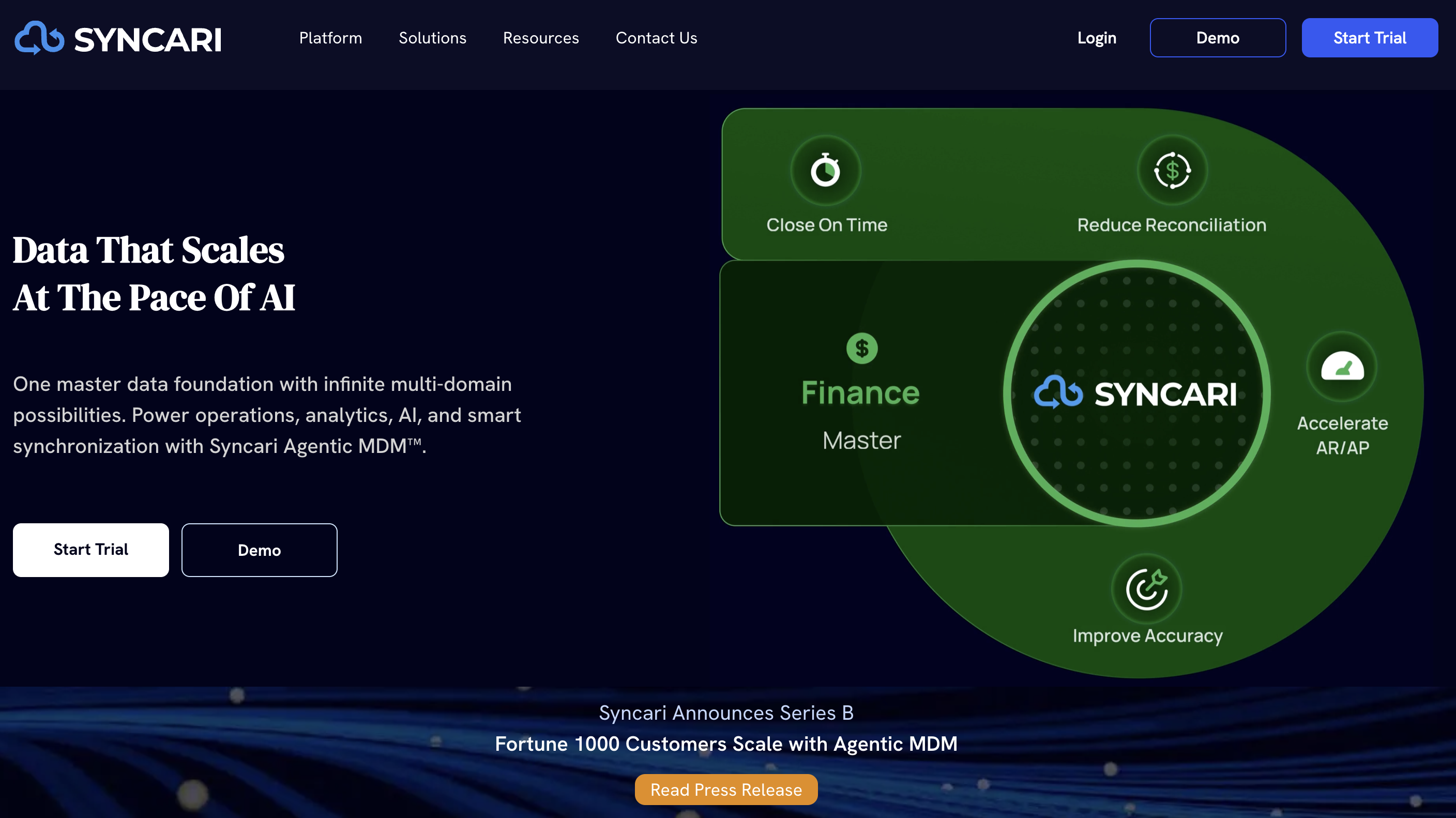
8. Membrane (Integration.app)
Best for: Developer teams building customer-facing integrations quickly
Membrane (old - Integration.app) provides a developer-focused embedded iPaaS with emphasis on rapid deployment and customization. The platform offers both a visual workflow builder and full programmatic control through its SDK, allowing developers to embed integration experiences directly into their applications.
Key features include pre-built UI components that match your application's design system, webhook management with automatic retries and exponential backoff, and a connector SDK for building custom integrations. The platform's architecture supports both synchronous and asynchronous integration patterns, with built-in queueing and error handling.
Limitations: Relatively newer player with a growing but smaller connector library. Documentation and community resources still expanding compared to established platforms.

Key Evaluation Criteria
| Criteria | Why It Matters | What to Look For |
|---|---|---|
| Developer Experience | Faster integration development, easier maintenance | Native SDKs, CLI tools, Git integration, local dev environments |
| Extensibility | Handle unique requirements and edge cases | Custom connector frameworks, webhook support, scripting capabilities |
| Scalability | Support growing customer base and data volumes | Multi-tenant architecture, horizontal scaling, queue management |
| Deployment Options | Match your product architecture and security requirements | Cloud-native, hybrid, on-premise options, UI embedding flexibility |
| Security & Compliance | Meet enterprise customer requirements | SOC 2, GDPR, HIPAA compliance, encryption at rest/transit |
| Support & Maintenance | Reduce ongoing engineering burden | API versioning handling, automatic retries, monitoring dashboards |
Market Trends Shaping Embedded iPaaS
The embedded iPaaS landscape is evolving rapidly:
- Composable architectures replace monolithic integration systems, allowing teams to mix unified APIs, embedded iPaaS, and custom connectors
- Vertical-specific platforms emerge in healthcare, fintech, and logistics with pre-built compliance and industry-standard protocols
- AI-powered features automate field mapping, suggest error resolutions, and predict integration failures
- Event-driven architectures shift focus from batch syncs to real-time streaming with webhook management and event routing
- Developer ownership increases as engineering teams demand code-level control over integration logic rather than black-box solutions
Platform Comparison
| Platform | Dev Focus | Extensibility | Unique Features | AI/ML | Vertical Focus | Pricing Model |
|---|---|---|---|---|---|---|
| Paragon | Very high | Highest | Git sync, local development | Yes | Broad | User-based |
| Workato | High | High | 1,000+ connectors, recipe system | Yes | Enterprise | Custom |
| Prismatic | High | High | Code + low-code hybrid | No | B2B SaaS | Custom |
| Tray.io | Medium | High | Visual debugging, branching logic | Yes | SaaS | Usage-based |
| Cyclr | Good | Good | Template library, channel partners | Partial | SaaS | Scalable |
| Boomi | Medium | Good | Hybrid deployment, compliance | Yes | General | Tiered |
| Syncari | Medium | Medium | Stateful sync, conflict resolution | Yes | RevOps | Custom |
| Membrane | High | High | UI component library, SDK-first | No | B2B SaaS | Usage-based |
Choosing the Right Embedded iPaaS
Your selection criteria should align with your technical architecture and business model:
For maximum developer control: Paragon or Prismatic provide the deepest customization options with full SDK access and code-level integration management.
For enterprise breadth: Workato or Boomi offer extensive connector libraries and enterprise-grade features that large customers expect.
For rapid deployment: Tray.io or Cyclr balance flexibility with pre-built components that accelerate time-to-market.
For data synchronization: Syncari excels when maintaining data consistency across systems is your primary challenge.
Consider these practical factors:
- Integration complexity: Simple point-to-point connections don't require the overhead of complex platforms
- Team composition: Balance between engineering resources and product team autonomy
- Customer expectations: Enterprise buyers expect certain certifications and SLAs
- Growth trajectory: Ensure the platform scales with your customer acquisition plans
Conclusion
Embedded iPaaS has shifted from nice-to-have to essential infrastructure for competitive SaaS products. The right platform depends on your specific technical requirements, team capabilities, and customer needs. Evaluate platforms through proof-of-concepts with your most complex integration scenarios.
The future of SaaS integrations is embedded. Choose a platform that scales with your product, not just connects it.
As the embedded integration landscape continues to evolve, teams often evaluate whether embedded iPaaS or unified API solutions like Apideck better fit their needs. Unified APIs offer a different approach — providing standardized endpoints across multiple platforms without the workflow automation layer. For SaaS companies prioritizing speed-to-market and simplified API management over complex orchestration, unified APIs can deliver faster integration deployment with less overhead than full embedded iPaaS platforms.
Ready to get started?
Scale your integration strategy and deliver the integrations your customers need in record time.
